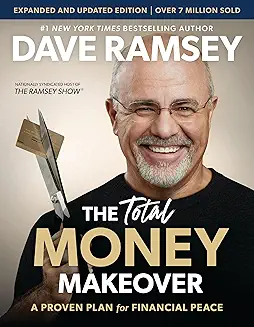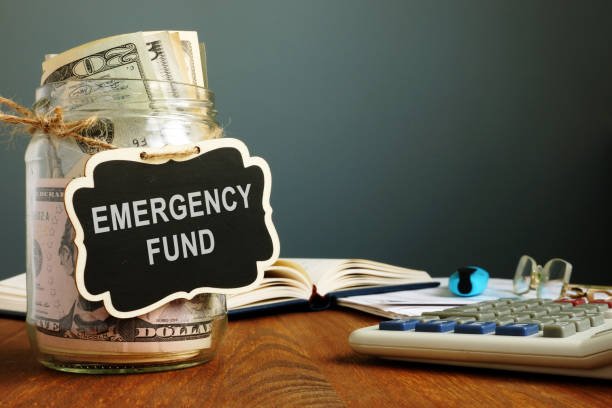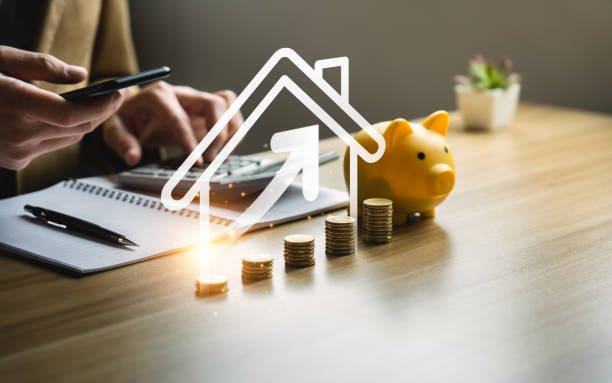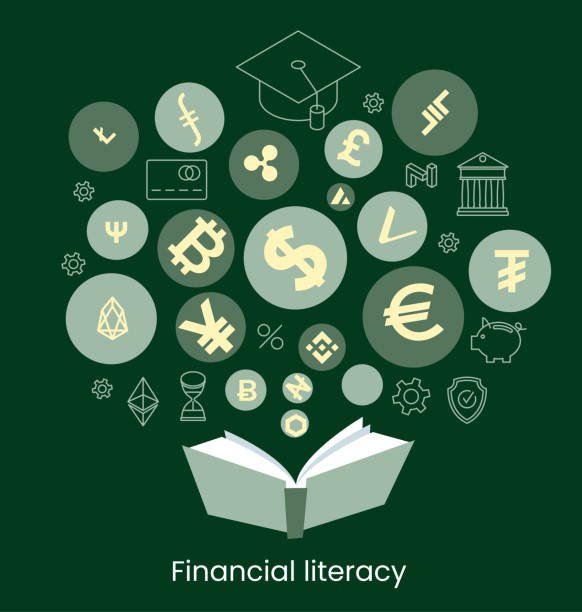Life is unpredictable. An unexpected medical bill, a sudden job loss, or a critical car repair can happen to anyone. The difference between a minor inconvenience and a full-blown financial crisis is often one thing: an emergency fund.
This guide will walk you through everything you need to know about building a robust emergency fund. It’s the single most important step you can take to protect yourself and your family, reduce financial stress, and build a foundation for true financial security.

What Exactly Is an Emergency Fund?
An emergency fund is a stash of money set aside specifically for unexpected, essential expenses. It’s your personal financial safety net.
Think of it this way: it’s not a vacation fund, a down payment fund, or money for a new phone. This money has one job: to protect you from going into high-interest debt when an emergency strikes.
One of the most powerful investments you can make is in your financial literacy. For those who want a clear, step-by-step plan that has helped millions, consider reading “The Total Money Makeover” by Dave Ramsey. This book provides a straightforward framework for getting out of debt, building an emergency fund, and starting your wealth-building journey, no matter your starting point. It’s an excellent, motivating resource for turning financial knowledge into actionable results.

Why an Emergency Fund is Non-Negotiable for Financial Security
In a volatile economy, an emergency fund is more critical than ever. Here’s why having one is essential:
- Avoids High-Interest Debt: When your car breaks down, you won’t have to reach for a credit card with a 22% APR. You can pay in cash and avoid costly interest payments.
- Provides Peace of Mind: Knowing you can handle a job loss or a surprise medical bill without panicking is priceless. It dramatically reduces financial anxiety.
- Protects Your Long-Term Goals: Without a safety net, you might be forced to cash out your 401(k) or other investments during a downturn, derailing your retirement plans. An emergency fund keeps your investments safe.
- Covers You During a Crisis: It provides the buffer you need to cover rent, groceries, and utilities if you lose your primary source of income.

How Much Should You Have in Your Emergency Fund?
The golden rule is to save 3 to 6 months of essential living expenses.
This doesn’t mean 3-6 months of your total salary. It means covering only the absolute necessities.
How to Calculate Your Emergency Fund Goal:
- List Your Essential Monthly Expenses:
- Housing (Rent/Mortgage)
- Utilities (Electric, Water, Gas, Internet)
- Food (Groceries, not dining out)
- Transportation (Car payment, gas, public transit)
- Insurance (Health, auto, home)
- Minimum Debt Payments (Student loans, credit cards)
- Basic Personal/Childcare Costs
- Add Them Up: Calculate your total for one month.
- Multiply by 3-6:
- Your Total Monthly Essentials x 3 = Minimum Goal
- Your Total Monthly Essentials x 6 = Ideal Goal
Example: If your essential monthly expenses total $3,000:
- 3-Month Fund: $9,000
- 6-Month Fund: $18,000

Who Needs 3 Months vs. 6 Months?
- Aim for 3 Months if: You have a stable job in a high-demand field, dual incomes in your household, and no dependents.
- Aim for 6+ Months if: You are a single-income household, a freelancer or gig worker, work on commission, have dependents, or are a homeowner (to account for major repairs).
Where to Keep Your Emergency Fund: The Best Accounts for 2025
Your emergency fund must be safe and liquid (easily accessible). This means the stock market is not the right place for it. Here are the best options, all of which should be FDIC-insured up to $250,000.
- High-Yield Savings Account (HYSA):(Top Recommendation)
- Why: HYSAs offer significantly higher interest rates than traditional savings accounts, allowing your money to grow while it sits. They are offered by online banks, are fully liquid, and have no investment risk.
- Money Market Account (MMA):
- Why: These are similar to savings accounts but may come with a debit card or check-writing privileges, offering slightly easier access. Interest rates are competitive with HYSAs.
- Traditional Savings Account:
- Why: A basic, accessible option, especially if linked to your primary checking account. However, be prepared for extremely low interest rates, meaning your money won’t be growing.

A Step-by-Step Guide to Building Your Fund from Scratch
Starting from zero can feel daunting. Follow these simple, actionable steps.
- Set a “Starter” Goal of $1,000. Before you aim for your full 3-6 month goal, focus on saving your first $1,000. This amount can cover most common emergencies and gives you a quick, motivating win.
- Open a Separate Account. Do not keep your emergency fund in your primary checking account. Open a separate HYSA and name it “Emergency Fund.” This separation makes you less likely to spend it.
- Automate Your Savings. This is the most crucial step. Set up an automatic transfer from your checking to your emergency fund every payday. Even if it’s just $25 or $50 per paycheck, start now. Pay yourself first.
- Cut One Expense. Find one non-essential expense to cut (like a streaming service or daily coffee) and redirect that money directly to your savings.
- Bank All Windfalls. Get a tax refund, a work bonus, or a cash gift? Put at least 50% of it directly into your emergency fund until it’s fully funded.
- Track Your Progress. Watching your balance grow is a powerful motivator. Keep an eye on your account and celebrate milestones along the way!

Frequently Asked Questions (FAQ)
Q: When should I actually use my emergency fund?
A: Use it for true, unforeseen emergencies only.
- YES: Job loss, urgent medical bills, essential car repair (so you can get to work), a leaking roof.
- NO: A vacation, concert tickets, a down payment on a car, a planned home renovation.
Q: Should I pay off debt or build my emergency fund first?
A: Financial experts recommend a balanced approach.
- Save your starter emergency fund ($1,000) first. This prevents a small emergency from adding to your debt.
- After that, aggressively pay down high-interest debt (like credit cards).
- Once high-interest debt is gone, focus on building your full 3-6 month emergency fund.
Q: What do I do after I use some of the money?
A: Your top financial priority becomes replenishing the fund. Pause any extra debt payments or investment contributions and aggressively redirect that cash to rebuild your safety net as quickly as possible.
Ready to take control of your financial future, no matter your current income? Discover 12 actionable strategies to start building wealth in 2025 – click here to learn more!
